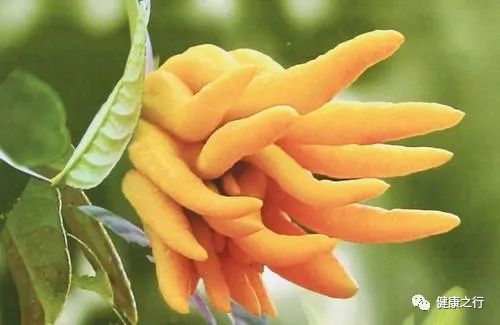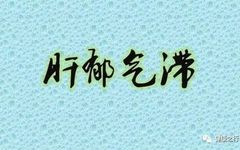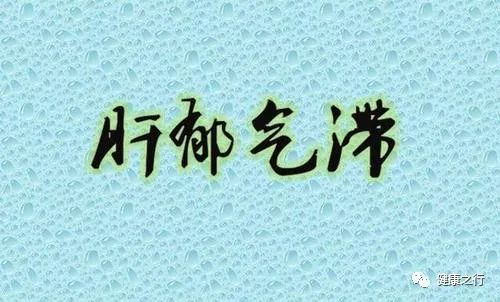Teas for Soothe Liver and Relieve Stagnation
- Rose Flower (Mei Hua)Rose flower enters the liver and spleen meridians, has the effects of soothing the liver, relieving stagnation, and invigorating blood to alleviate pain. It is commonly used for liver qi stagnation causing liver-stomach qi pain and menstrual irregularities. Its blood-invigorating and stasis-dispelling properties can also relieve pain. For women, rose flower is a good remedy for resolving stasis and improving mood, useful for chest and rib distension and pain, often paired with Fo Shou (Buddha’s Hand) and Sha Ren (Amomum fruit) to alleviate menstrual irregularities, and combined with Dang Gui (Angelica sinensis), Chuan Xiong (Ligusticum chuanxiong), and Bai Shao (Paeonia lactiflora) for additional effects. Rose flower can be brewed as tea, decocted, or added to porridge, with a dosage of 1.5 to 6 grams for decoction.Qing Pi (Green Peel) Rose Tea5 grams of Qing Pi, 3 grams of rose flower, and an appropriate amount of honey. Place Qing Pi and rose flower in a cup, pour in boiling water, steep for 15 minutes, then add honey. This tea can be brewed multiple times daily. Qing Pi rose tea is suitable for long-term depression, breast distension, breast hyperplasia, and lumps, but is not suitable for those with qi deficiency or pregnant women.

- Fo Shou (Buddha’s Hand)Fo Shou is pungent and bitter, with a warm nature, and has the effects of soothing the liver, relieving stagnation, and regulating qi. It is often used for liver qi stagnation and disharmony between the liver and stomach, and it also has certain effects on chronic hepatitis. Fo Shou can be used alone or combined with ginger, Chai Hu (Bupleurum), Xiang Fu (Cyperus), Yu Jin (Curcuma), Mai Dong (Ophiopogon), Sha Ren, Chen Pi (Dried Tangerine Peel), etc., or paired with rose flower and jasmine flower, which also have relieving stagnation effects. Fresh Fo Shou is very sour and astringent, while dried products are mostly used for tea or decoction, with a dosage of 3 to 10 grams for decoction.Fo Shou Peach Blossom Tea5 grams each of Fo Shou and peach blossom. Cut the Fo Shou into strips and place it with the peach blossom in a pot, pour in boiling water and steep for 15 minutes. This tea can be brewed multiple times daily. Fo Shou peach blossom tea is suitable for liver qi stagnation and those with many liver spots and dark complexion, but is contraindicated for pregnant women.
|



